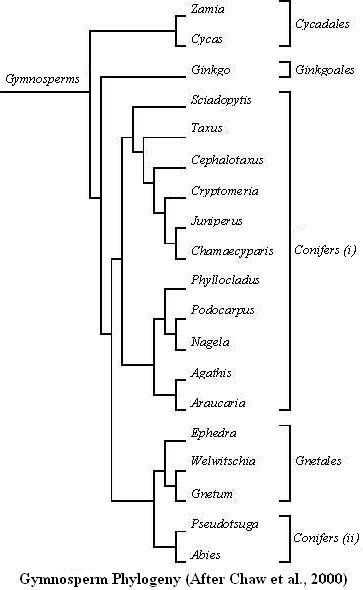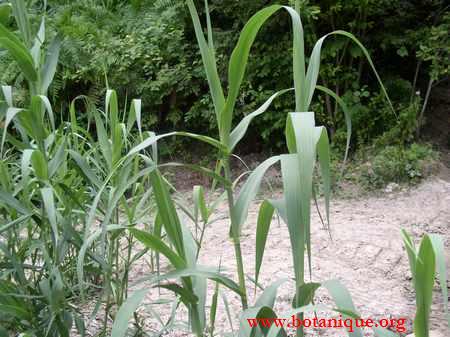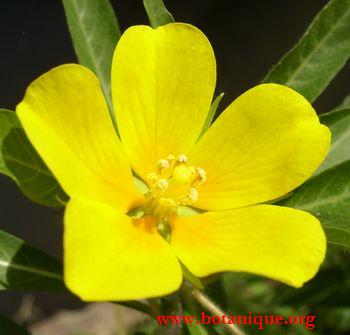Ludwigia grandiflora (Onagraceae)
Extant Gymnosperm Phylogeny
Gymnosperms are plants with seeds ( Spermaphytes) but with a naked ovule: the ovule is not included in a carpel that is an apomorphic feature of Angiosperms. A leaf-life structure (homologous to a leaf), a scale or megasporophyll bears the ovule. Gymnosperms are probably monophyletic and include: – Cycadales (Cycas, Zamia) that are the more primitive Gymnosperms (Basal Gymnosperms), – Ginkgoales, a sister-clade of the clade including Conifers and Gnetales, – Gnetales (Ephedra, Gnetum, Welwitschia) are monophyletic and nested within Conifers, – Gnetales are the sister-clade of Pinaceae. 
Fleshy fruit: berry or drupe
Fleshy fruits are characterised by a fleshy pericarp. It is usually the mesocarp that has high water content. A fleshy fruit is: – A berry when the endocarp is not lignified: grapes, tomato… Generally, berries have several seeds, rarely one: date, avocado… – A drupe or a stone fruit when the single seed, sometimes more, is surrounded by a stony layer (lignified endocarp): cherry, plum…
Dry fruit: follicle, capsule or achene
Dry and dehiscent fruits open at maturity permitting the release of enclosed seeds. A dry and dehiscent fruit is: – A follicle when it is many-seeded, formed from one carpel and dehiscing along one side only, – A pod or a legume when it is a follicle dehiscing along two sides, – A capsule when it is formed from more than one carpel. Dry and indehiscent fruits do not split at maturity to release seeds. It is the whole fruit that is dispersed by wind or insects. A dry and indehiscent fruit is: – An achene when it is indehiscent and 1-seeded with the seed coat distinct from the fruit wall (pericarp), – A samara when it is an achene with a flat wing formed from the pericarp, – A caryopsis when it is an achene with the seed coat (testa) united to the fruit wall. It is a feature of the grasses.


